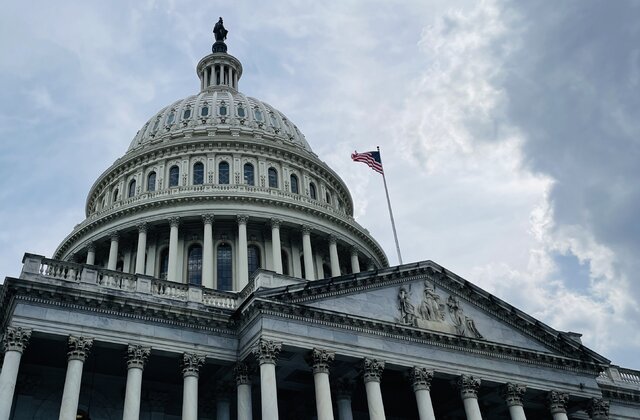What’s Happened?
The U.S. debt ceiling is defined as “the maximum amount the federal government is able to borrow to finance” existing legal obligations. The limit, which has been raised dozens of times since being set in 1939, is currently 31.4 trillion dollars. On January 19th the Federal Government hit the named debt limit: with consequences to our economy. The current dynamic between a Democratic president and Republican-led House is adding to the high tensions over our economic future.

What Does This Mean?
If the Federal Government can no longer take out funds to pay its standing bills, it will start delaying payments. This is problematic for many reasons, a few including “potentially affecting Social Security payments, veterans’ benefits, and federal employees’ salaries”. As a result, many households would lose critical money, and there would be less cash flow in the economy. According to the New York Times, “By choosing not to pay some combination of Social Security checks, federal workers, bondholders, and more, the government would be immediately killing the equivalent of one-tenth of American economic activity”.
Additionally, reaching this limit could generate a global economic crisis if the U.S. can no longer fulfill payments. Defaulting, which is what everyone wants to avoid, would harm America’s notably high credit status. Investors and other countries would be discouraged and execute less business with the U.S.
In 2021 the White House CEA wrote that “A default would send shock waves through global financial markets and would likely cause credit markets worldwide to freeze up and stock markets to plunge. Employers around the world would likely have to begin laying off workers”. While this is not the first time the U.S. has faced these possibilities, it would be devastating across the board: especially as economies are still reeling from a global pandemic.
To provide some context, in 2011 America came scarily close to a default: Standard + Poor’s even downgraded the U.S. credit rating from AAA, the highest, to AA+ because of the extreme associated side effects. In essence, it’s integral that action is taken to prevent these consequences.

Lets Talk Politics
The CEA has voiced that “Just the threat of a default has negative effects on the U.S. economy, and an actual default for any amount of time would inflict a devastating blow that would be felt by families, businesses, and the economy here and globally for decades to come. The debt ceiling is not and should not be used as a political football”.
Yet, conflict between the two leading political parties appears as prevalent as ever. House Republicans have shown resistance to raising the debt limit, using the issue as leverage against Democrats to promote spending cuts. Thus, no agreement has been reached so far about raising the debt ceiling. More information about this debate can be found here.
Janet Yellen, the U.S. Secretary of Treasury, has voiced that she will implement “extraordinary measures” to prevent the government from defaulting. This entails redistributing money from one sector to another, and putting a pause on certain new investments. Unfortunately, despite these efforts, the Treasury is predicted to run out of funds by this June. What consensus will be made in the White House is still to be seen.
For now, as of February 6, Yellen has stated that she does not believe the U.S. will face a recession. Contrary to some analysts, she remarked that “You don’t have a recession when you have 500,000 jobs and the lowest unemployment rate in more than 50 years”. Her advocacy for the health of our economy is a hopeful light amidst much tension.
